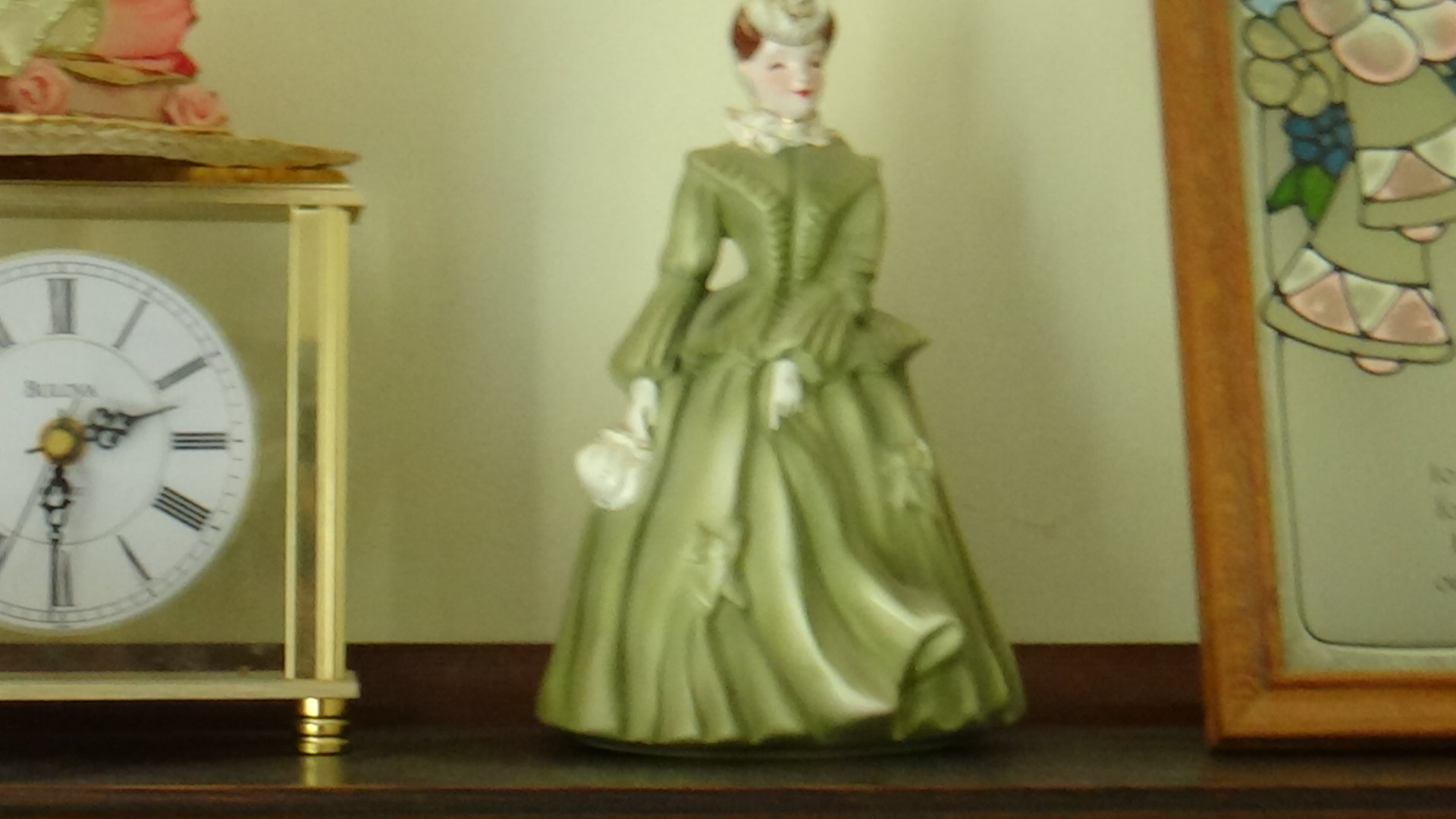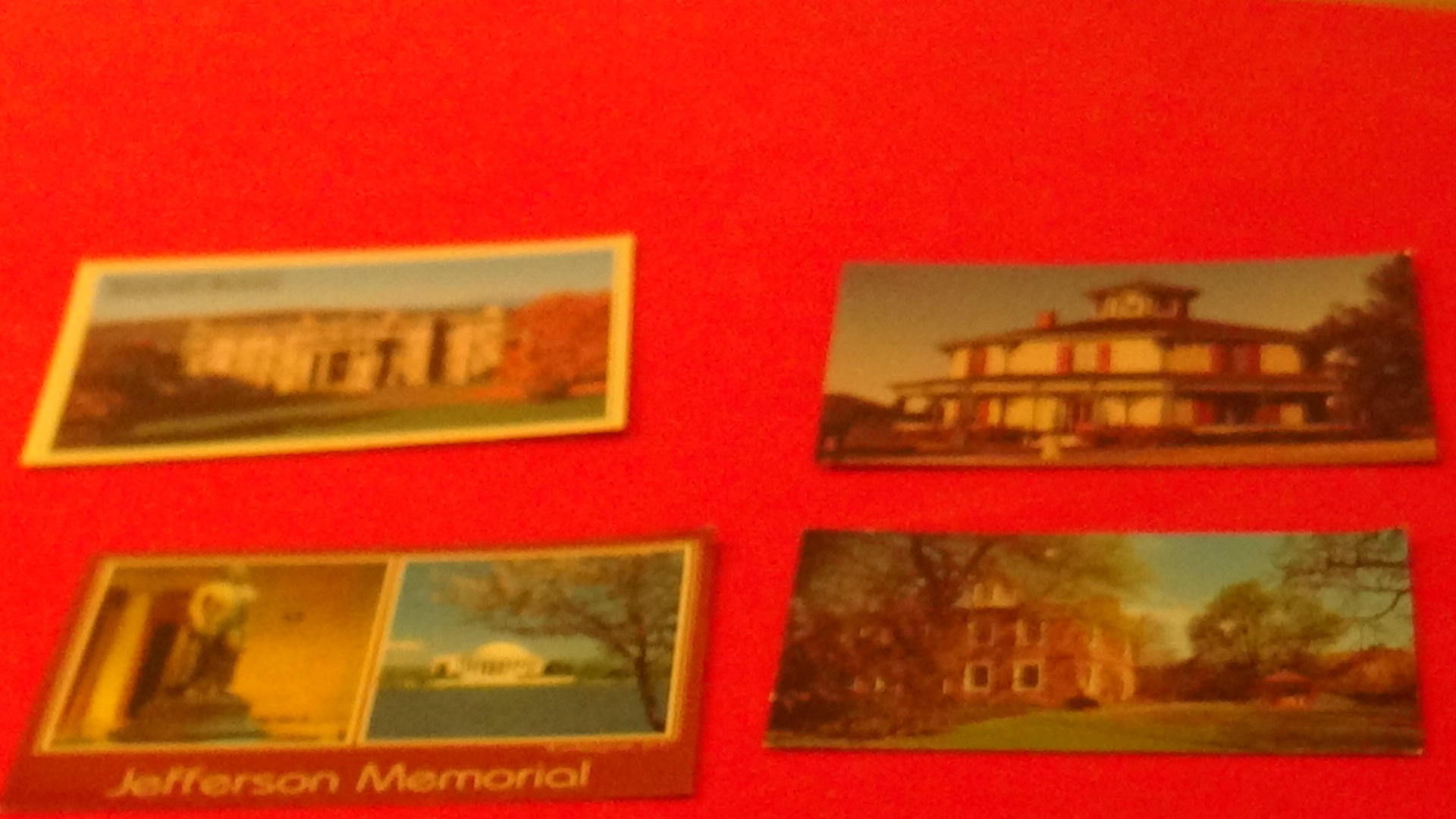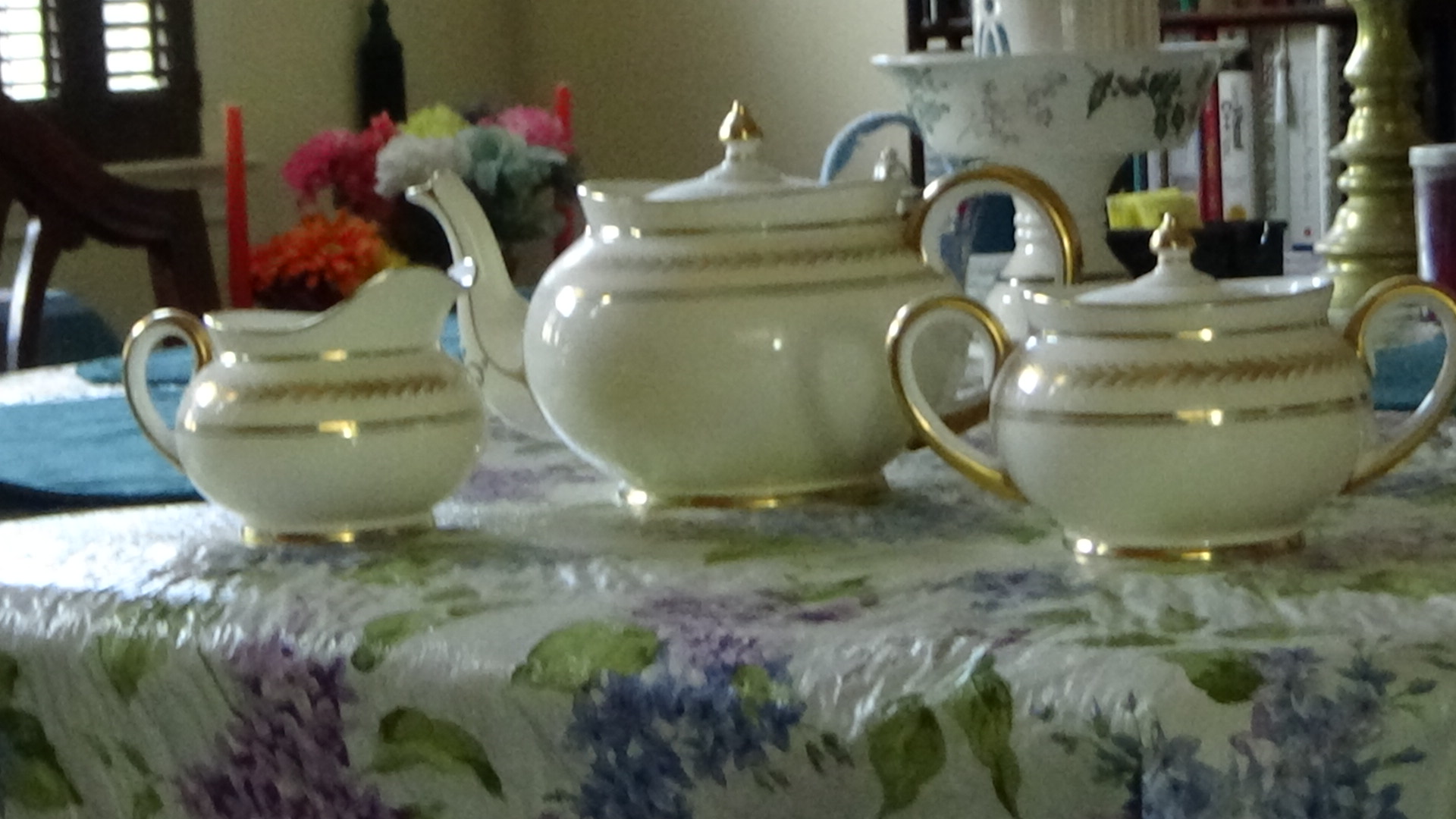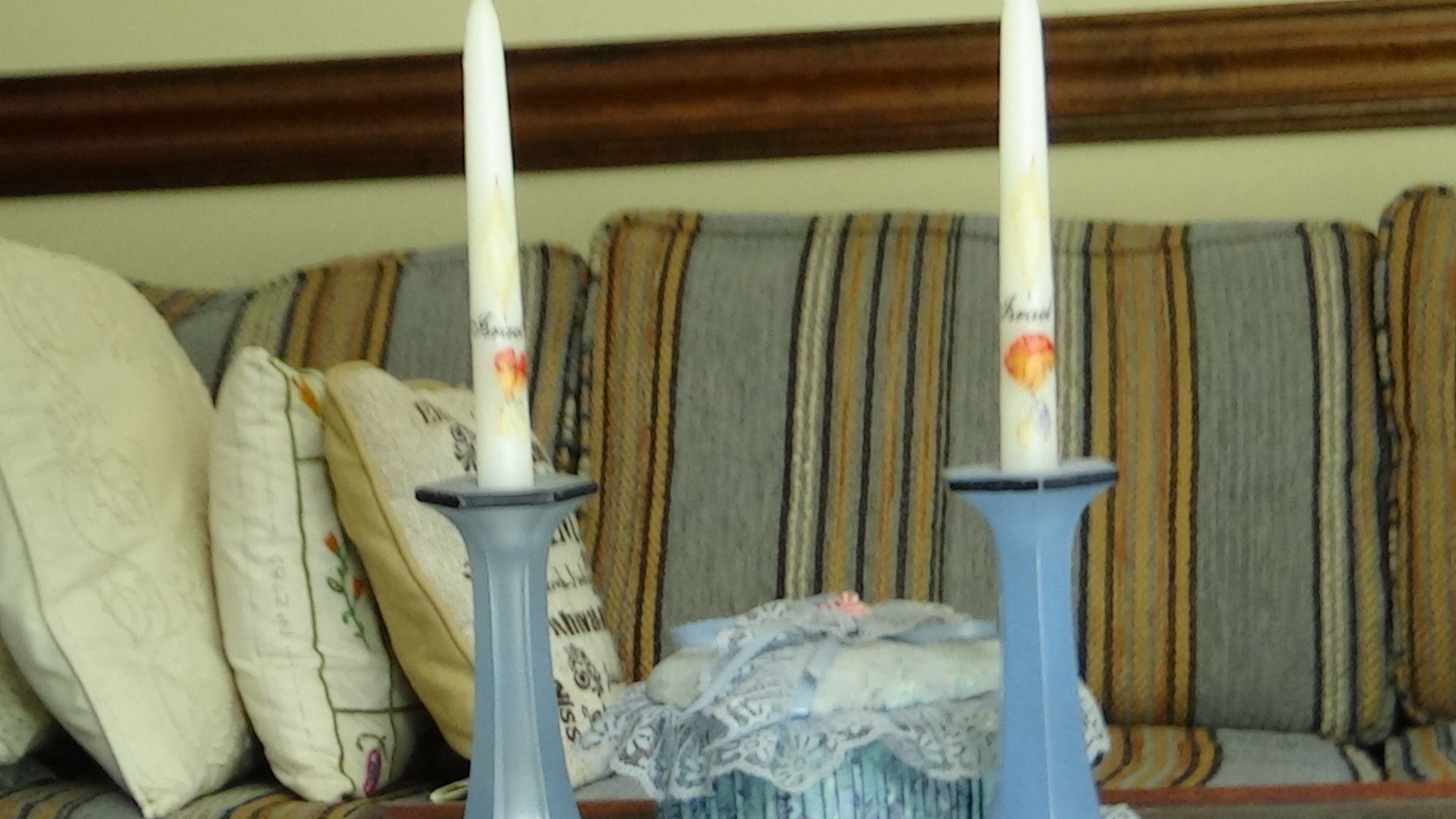Collectible things and their purpose
Collectible things or artifacts can engage the attention of your history students while making studying history fun. You can use these historical items to supplement textbook oral lectures for each given period of history your students are studying. A mobile phone may be used to locate antique stores, flea markets and museum shops to find these collectible things.
Depending on the history lesson and your lesson plans for the day, it might be helpful to have some collectible things on hand from the era your students are studying to show them. These objects and artifacts would engage their attention and make the historical period more interesting to them. It would help them visualize in their minds exactly what life was like many years ago.
It’s hard for your history students to relate to ideas and concepts unfamiliar to them. Bringing in an object they can feel and touch will help them relate to the historical facts and dates they are expected to know on tests and quizzes. Students are interested in what is happening now with their friends, families and current events. Studying facts, concepts and dates from long ago doesn’t interest them. However, when they see and touch an object or artifact from a given period of history it means something to them.
Finding collectible things
Some items to look for include depression glass. Colored glassware in excellent condition and in desirable patterns like Cameo or American sweetheart might be representative of life during the American depression.
Equestrian paintings, pictures of famous people and beautiful scenes add a visual touch to your history lessons. Postcards are also representative of different historical periods. Try to find postcards that show holiday themes, famous people and unique moments in history.
A few clocks can represent a specific era and decorating style, such as Art Deco or Mid-Century Modern. Cast iron doorstops have a utilitarian purpose. Not needed in the age of air conditioning, you may find one or two in your attic or basement. They can also make great visual aids for your history students.
When an old building is torn down, people sometimes keep the windows and store these away in a barn or basement. Antique stained-glass windows range from ornate to simple. Many are highly valued for the historic beauty they can bring to modern construction. Rare books can be extremely valuable for the information contained in them. Learn how to identify rare books. Cookbooks can be valuable.
During the late 1800s and early 1900s, Victorian art pottery became popular collectible things in American homes. These pieces were handmade and unique, although they followed designs set forth by various companies. Some special manufacturers to look for include McCoy, Frankoma and Roseville.
Old film cameras are useful objects when it comes to studying more recent history. Many old film cameras were stored on shelves in storage units and attics to make way for the more popular digital photography. These antique cameras and lenses portray the technology that was around in the 20th century. Your history students might find this interesting.
Other collectible things from the past that make excellent artifacts for classroom discussion are old tools, toolboxes and vintage typewriters. You might find some antique hand tools in your garage or attic. Look for tools in good shape with patina, but no real damage. Check the brand. Brands like Stanley are collector’s items. Even though few people use typewriters, they still retain value as antique decorative items. Explore the best vintage typewriter brands and their values.
Coin collections and old jewelry are excellent educational artifacts to share with your class to demonstrate what life was like in the historical time period your students are studying. Brush up on understanding markings on jewelry to determine the manufacturer and materials including gemstones used to make the antique costume jewelry. If you’re sorting through some coins, keep a list of old coins that could be valuable.
China sets and sterling silver flatware also offer clues as to the lifestyle of the people living in the historical period you are covering in class. If you have your grandmother’s silver, you may have a valuable antique. Antique sterling silver flatware can be extremely valuable, but silverplate isn’t worth as much. Look for sterling silver hallmarks on the backs of the pieces to determine whether your silver is sterling. Then look at pictures of antique flatware patterns to see what pattern you have. This is the way to determine the value of your set. Some china sets are valuable. Look for china by Spode, Wedgwood and other important names. However, if you have inherited china from an older relative, you can still show this set to your students.
Musical instruments, perfume bottles and fountain pens are other collectible things to look for to present to your history classes. Look for musical instruments in good, playable condition. Antique perfume bottles came in many different tyles and materials. They can be beautiful glass and crystal examples, in addition to bottles made from stone. Fountain pens are functional today, and some people specialize in collecting vintage models. If you have one from an older relative or see one at a shop, it might be worth checking out. The most valuable are crafted from high-end materials like sterling silver, tortoiseshell, ebony and gold.
Collectible things at vintage flea markets
Vintage décor can be found almost anywhere, including online shops like Etsy and eBay. Vintage flea markets offer interesting artifacts and collectible things to share with your students in your history and social studies classes.
Architectural salvage consists of scraps of wood, doorknobs, tin tiles, corbels and old shutters. Vintage books are always a good buy as another resource for your students. Brass candlesticks are another inexpensive find.
Crocks are a versatile item that can be used either indoors or outside. You can use them to display collections of vintage kitchen utensils or use them as flower planters. Glass jars are like crocks. They are versatile and come in a variety of shapes, sizes and colors. Old dishware makes beautiful display pieces.
Old globes are maps that can be useful to your students studying geography or looking up the location of the countries they are reading about in their history and social studies books. Brass candlesticks are another inexpensive find.
Old wooden crates are both beautiful and functional. They can be used to store extra blankets, toys or other collectible things. Baskets also make excellent storage containers. Wire locker baskets, picnic baskets and large floor baskets can all be used for display or to help organize other collectible things.
Old kitchen utensils like butter presses, scales, wooden spoons, rolling pins and other kitchen utensils all make great collectible things. Old linens and blankets may also be found at vintage flea markets. They can be displayed as is or repurposed into something new. Farm implements such as rusty cream cans, old pails, chicken feeders and vintage garden tools are all examples of farm implements commonly found at flea markets. These can be used to show your students how other people lived years ago.
Vintage signs make great statement pieces about the specific era of history you are teaching your students. Seasonal décor is always a great thing to have on your flea market shopping list. An example is a 13-star flag to illustrate Independence Day and the original thirteen colonies to your students. You can find other collectible items for other holidays like Christmas, Mother’s Day Father’s Day and Thanksgiving at vintage flea markets.
Ideas on how to identify artifacts and other collectible things.













